- It’s what we do
- Northern Congregation – Fantastic!
- Gone pear-shaped – On the SPOT
- Tread carefully – Adventure Tractionators
- TransTerra Four Day – Mark your calendars for 2017
- Reader’s Ride – Good mates and good riding
- Tech – Lubing cables
- Ride right – Bike set- up advice
- Ténéré not so tragic – another Peter Payne creation
- Doohickey demystifed – KLR owners pay attention
- BMW F800GS – Last ride…almost
- Kashmir: mystic adventure – Part two
- Inspirations with Karen Ramsay
- How To Ride with Miles Davis
- Preparing For Adventure with Andrea Box
- Checkout
- Fit Out
Regardless of style or bike, the difference between a comfortable ride that feels great and an out-of-control ride that’s hard to handle can be as simple as a few minor set-up tweaks. Alex Kelly starts from the beginning with a few pointers that can make a huge difference to how you and your bike feel.
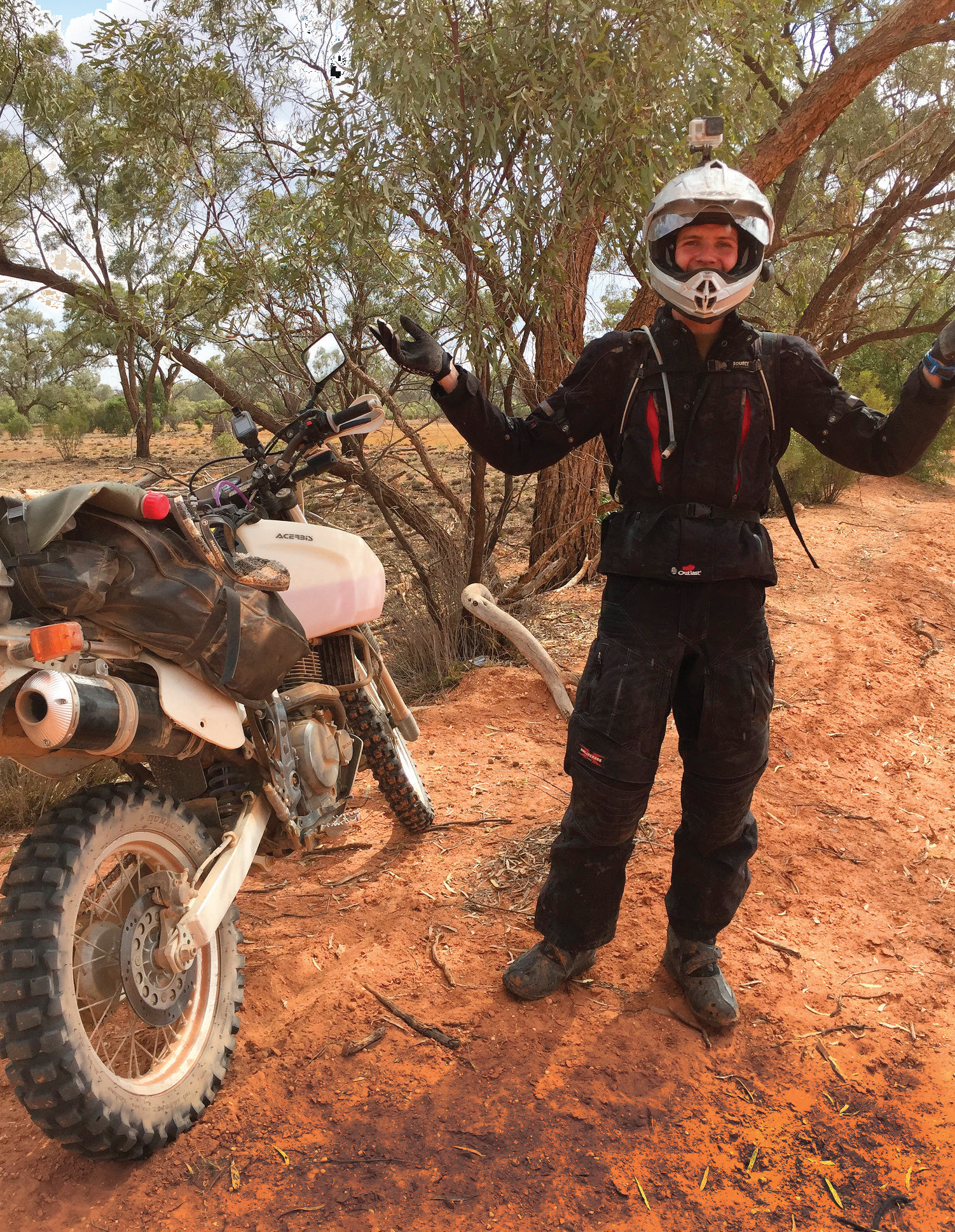

Let’s start from the front and talk about forks and handlebars.
Depending on the bike you have this can be a cheap and easy fix or a huge effort that seems almost not worth it.
Let me assure you it’s always worth it.’Bars are a bit of a personal thing. Being tall and with long, go-go-Gadget arms I much prefer a tall ’bar with a high swing. I’ve always run risers – normally adaptors that allow the fitting of ‘fat’ 25mm (one inch) ’bars while providing a 20mm rise. But this isn’t a perfect science and, believe it or not, it’s all relative to your footpeg position and height. The best advice I could give for handlebars is ‘try a few’. Fat ’bars are always better than a 22.5mm (7/8 inch) ’bar, mainly because when you drop your bike there’s less chance of the ’bar bending. With your Barkbusters attached the force is mostly transferred though to the steering stem.
Lastly, you need to consider whether you’re a stand-up or sit-down style rider.
Because I come from a trials background and move around a lot on the bike, normally over the front axle, I like having my ’bars rolled a little forward and the levers pointing a little down from horizontal. However, if you’re from a moto-cross or enduro/trail background, you may prefer your ’bars back a little and levers a bit higher. I can’t stress enough how important it is to play with your cockpit set up. It truly can be the difference between an awesome ride and an average one, and having control or not having control.
It doesn’t take long to change ’bar or lever angles, and it can make such a big difference. You’re mad if you don’t experiment with it.
I’m fairly certain that’s not the case with most adventure riders.
Most bikes offer adjustable preload on the springs, and preload is the adjustment adventure riders should concern themselves with most.
Add up the weight of all the extras, as well as yourself, then check that load with the advice in your owners’ manual to see if you need springs. Better still, grab a mate and check your ride height and static sag and see if the measurements fall within the manufacturer’s spec for the shock. If they do it’ll make a huge difference. If they can’t be made to meet the criteria in the manual, no amount of valving or adjustment will ever let those suspension components, front or rear, perform at their best.
With the correct spring weights some ’bikes may need a little extra hydraulic help with aftermarket valving to offer a plusher ride, less dive, and allow the springs to do more. Without the correct springs though, the rest of it is wasting time and money.


Tank trap
Moving to fuel tanks and seats, choices very much depend on your riding.
Personally, I ride long-distance and I stand on the ’pegs for probably 80 per cent of the time, so the tank is more important to me than the seat. However, if you’re touring and want that Quilton-loves-your-bum soft feeling, a good seat could make the ride.
Seats are again a very personal option.
Because I stand up most of the time I have a standard seat and don’t mind it, even with my bony bum. But there are many different aftermarket options. The best thought I can offer is, the wider the seat is between your knees, the less movement will be allowed on the ’bike and the worse the ’bike will handle. The wider at the bum, the better for comfort.
There’s a bit of a craze on big fuel tanks.
If your bike will do 370km per tank nice and easy, there’s not really much need for a bigger tank in Australia. Unless you’re really hitting the remote areas, that sort of range will cover you most of the time.
If you’re chasing a big tank then Aussie-owned and run Safari Tanks are good, as is Acerbis product. If you only need an extended fuel range on rare occasions, maybe check out options like Liquid Containment fuel bladders or Rotopax containers.
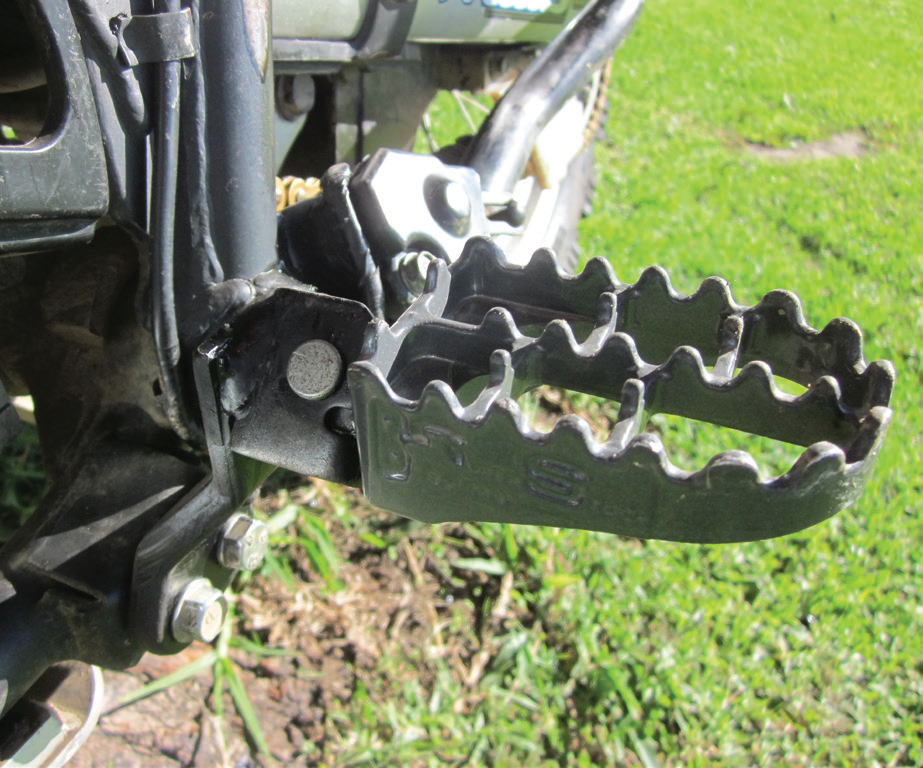

Down low
Not a lot of people play with footpegs, boots and foot controls. Everyone seems to think the standard ’bike is how things should stay. That’s not the case.
The general rule again relates to a rider’s height and riding ability.
Look at a trials bike and you’ll see the footpegs are low and very far back.
This is because while a trials rider is hanging off the handlebars they also want the full weight of their body as far back over the rear axle as possible, making it easy to lift the front. The same can be said about dirt bikes and adventure riding.
Regardless of height or ability, the bike feels better with a lower centre of gravity. How low you go will depend on the ’bike and rider’s height.
A rule of thumb is to try and get your footpegs as low as, and as far back, as the swingarm pivot point. This will allow you to move your weight and your body around while still remaining in control.
A classic example of this would be the DR650. As soon as you lower those ’pegs with adaptor plates or new mounts it completely changes the way the bike feels.
If you’re a shorter rider you’re better off changing rear-suspension linkage ratios rather than raising footpegs.
Keep those feet low and steady.
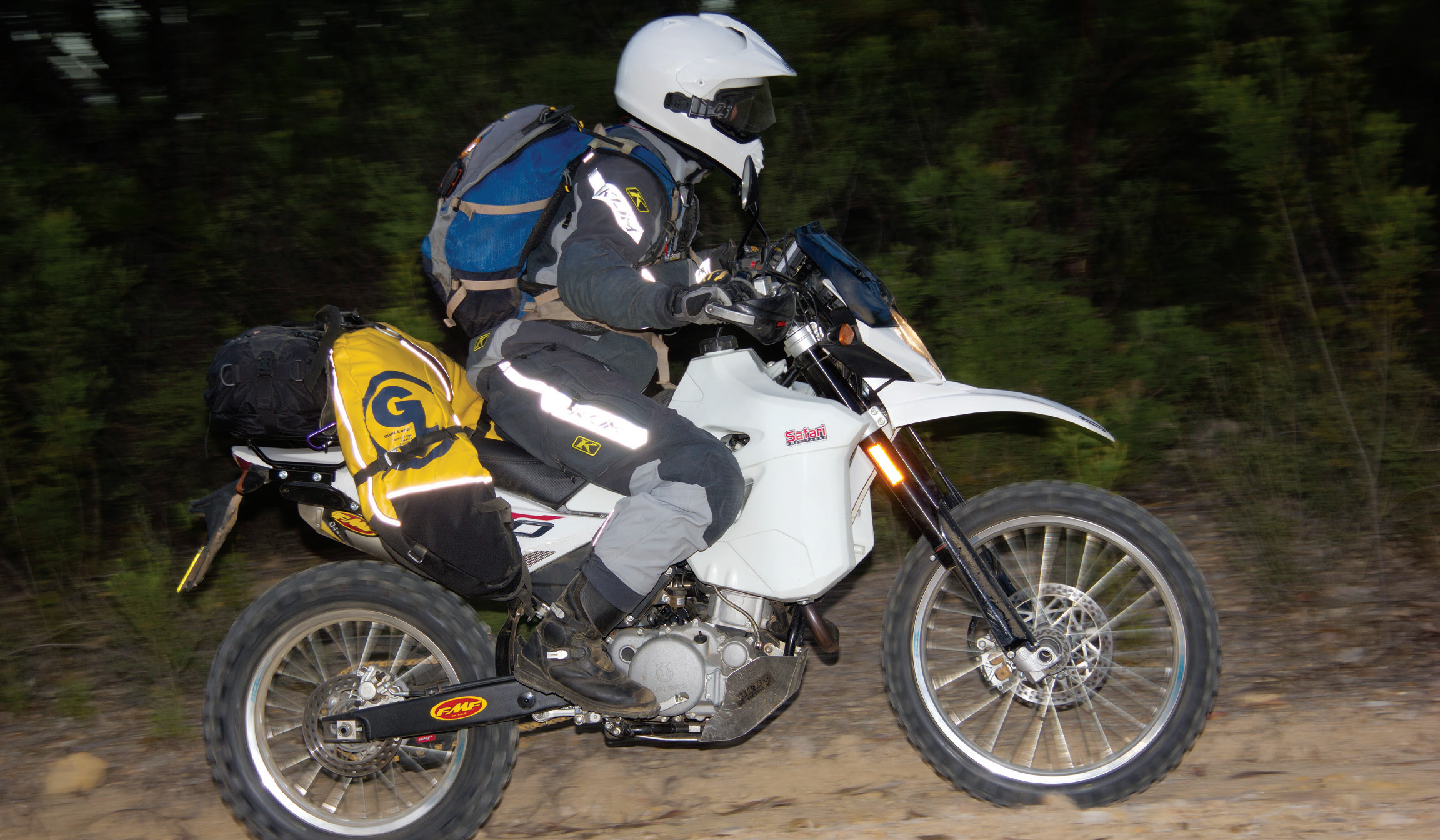

whiskers. Acerbis makes good product, too.
Sole food
With footpeg choice and boots, I think the bigger the better.
Because I’m a stand-up rider, the larger the surface area that I distribute my weight over the better, and the less sore my feet are at the end of the day. I don’t want to stand on chopsticks all day.
The same goes for boots. I’ve had all sorts and it all depends on what you want. My favourite boots are my Forma Adventures.
If you’re a long-distance rider, the lighter those boots are, the more comfortable you’ll be. If you’re an extreme trail rider, protect those ankles and go for a pair of motocross boots, but you’ll compromise comfort on long rides. Also, budget is a big thing, but the more you pay, the better product you will get. That’s as true with boots as anything else.


Don’t be shy
At the end of the day it’s your bike and you’ll do with it what you please. However, if you spend a little time changing it and playing with set up, you could quickly open a new door to comfort and handling you never knew existed.
If you try one thing on your bike that makes it better, then this article was worth writing. But trust me when I say, a few little changes can make a huge difference.
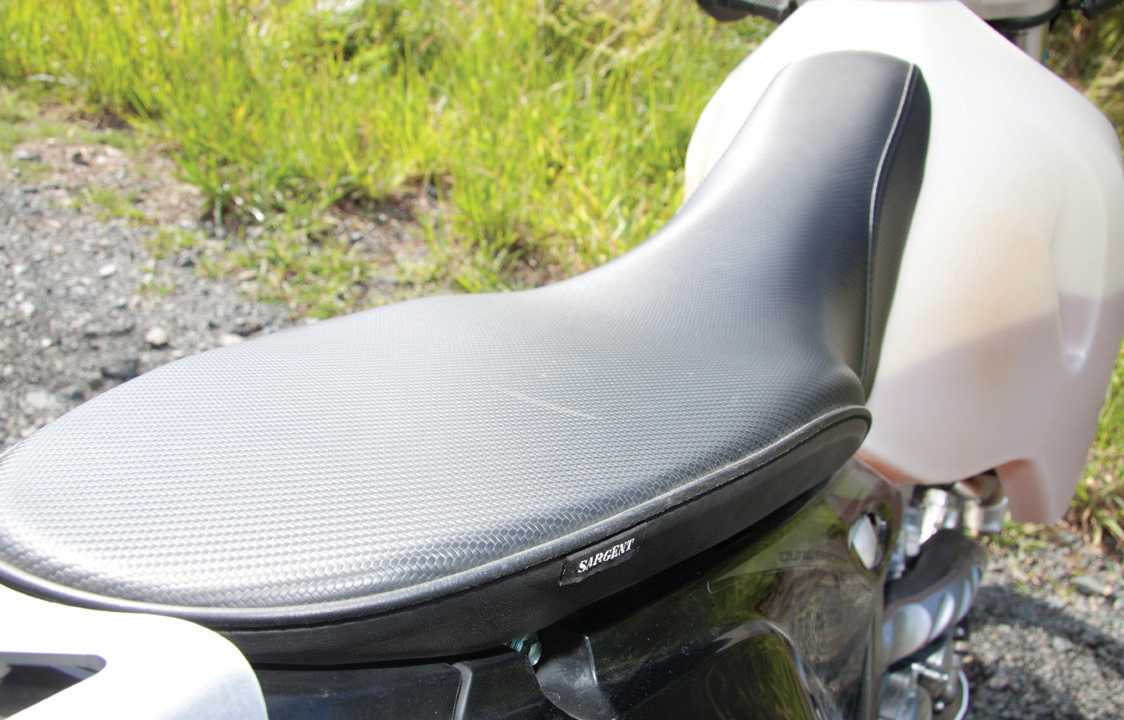


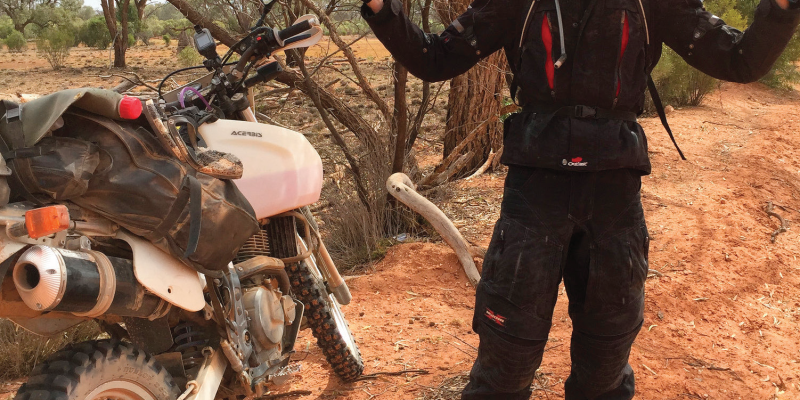

















Comments